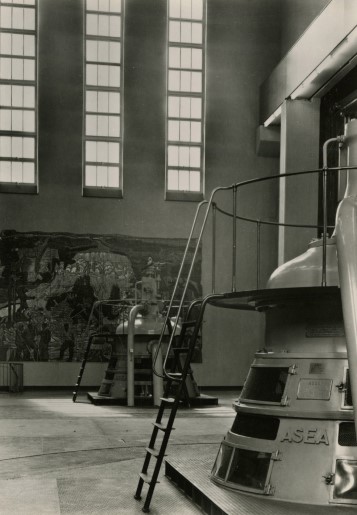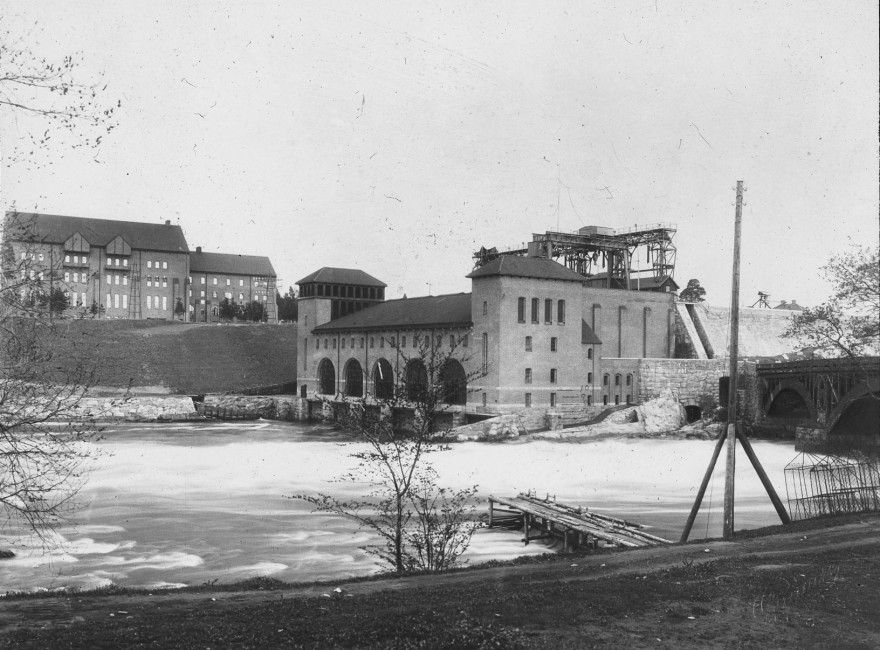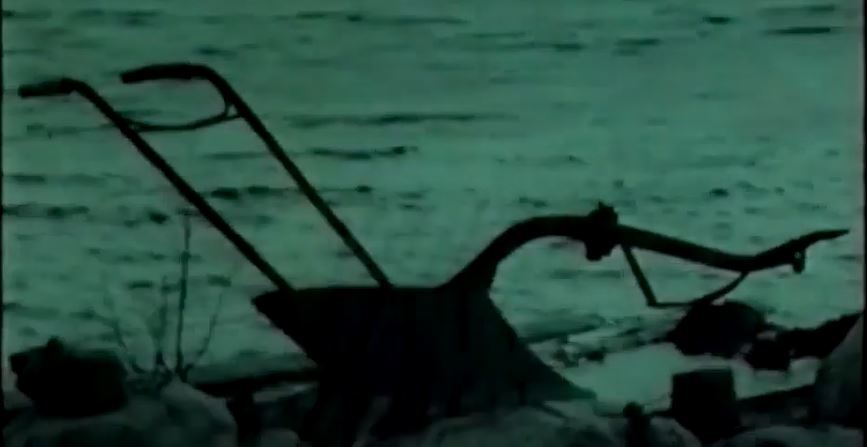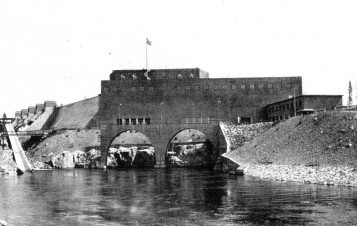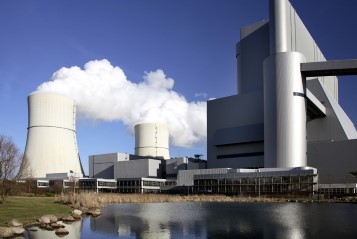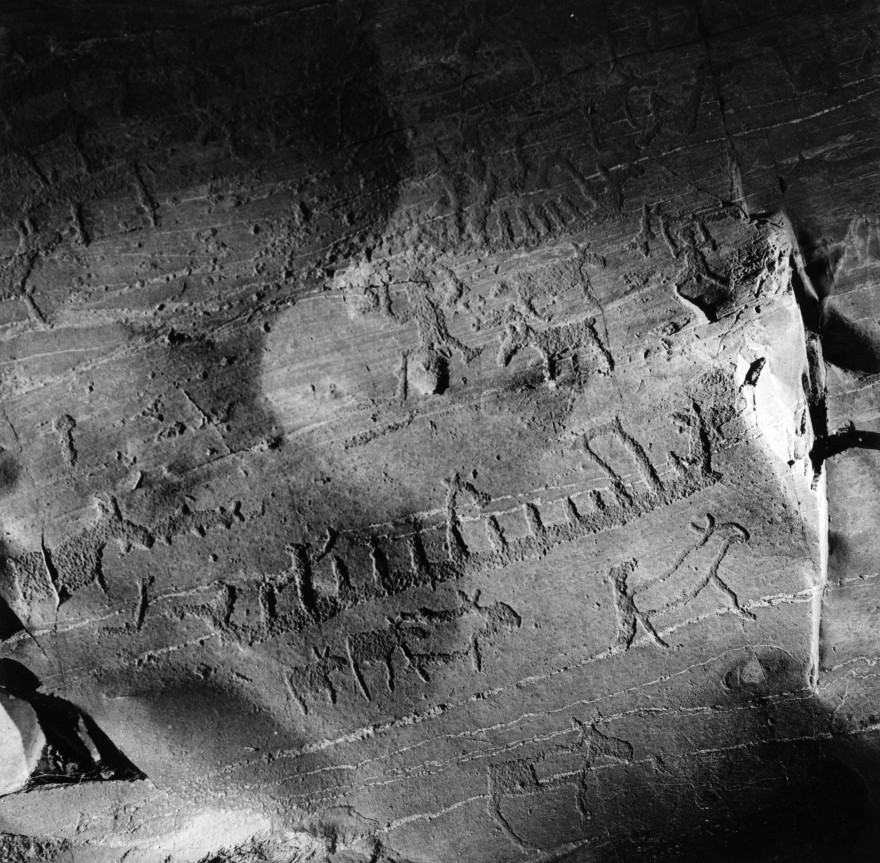
Environmental protection in the early days
When Vattenfall's pioneer plants were built in the 1910s, there was little criticism of the encroachment on nature involved. But in connection with the construction of the Hojum power station in the early 1940s, Waldemar Borgquist, the Director General of Vattenfall, contacted National Antiquarian Sigurd Curman. The two entered into a unique and long-standing partnership, which included saving the unique petroglyphs at Nämforsen.
Vattenfall's three large pioneer plants, Trollhättan, Älvkarleby and Porjus, which actually destroyed some of the country's largest and most majestic natural landmarks, were not regarded as blameworthy or questionable encroachment on nature at the time. Rather they were regarded by contemporaries as proof of action and expertise. They were also symbols of the coming modern industrial society. There were few environmental objections to these early power plant construction projects. The socio-economic benefits outweighed other arguments.
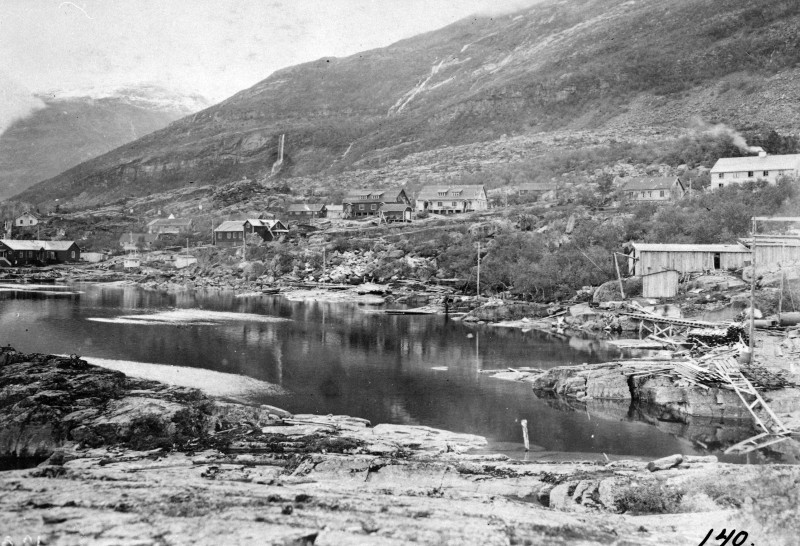
The Suorva dam. Year: 1920 | Place: Suorva | Creator: Okänd | ID: VF000104
Not even when the Suorva dam for the Porjus plant was to be built in 1920 was there any widespread criticism. This was despite the fact that the dam was to be built in the Stora Sjöfallet national park, which was not permitted. A united parliament and government circumvented the ban by isolating the building site area from the national park.
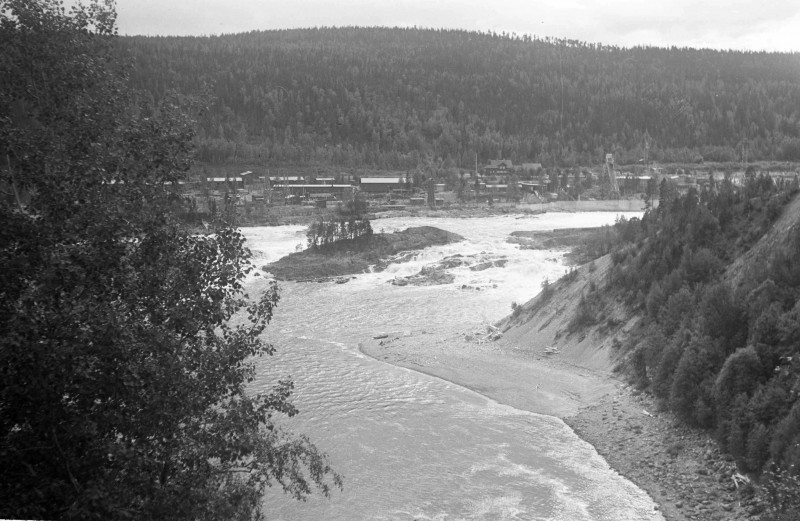
Nämforsen. Year: 1940 | Place: Näsåker | Creator: Okänd | ID: VF000105
But when Vattenfall was planning to build at the Nämforsen falls in the river Ångermanälven in the 1940s, protests were heard. It was then that the modern environmental conservation movement with regard to hydroelectric power development began in earnest.
Nämforsen was part of one of the country's mightiest rapids, and the dam would extend over the islands in the rapids. Nämforsen was not only known for its natural beauty. On the islands in the middle of the rapids and the rocks along the river, humans had carved no less than 1,400 images of people, animals, boats, and other figures during prehistoric times. These petroglyphs are one of the largest sites in Europe, and this is one of the few internationally significant ancient monuments in Sweden.
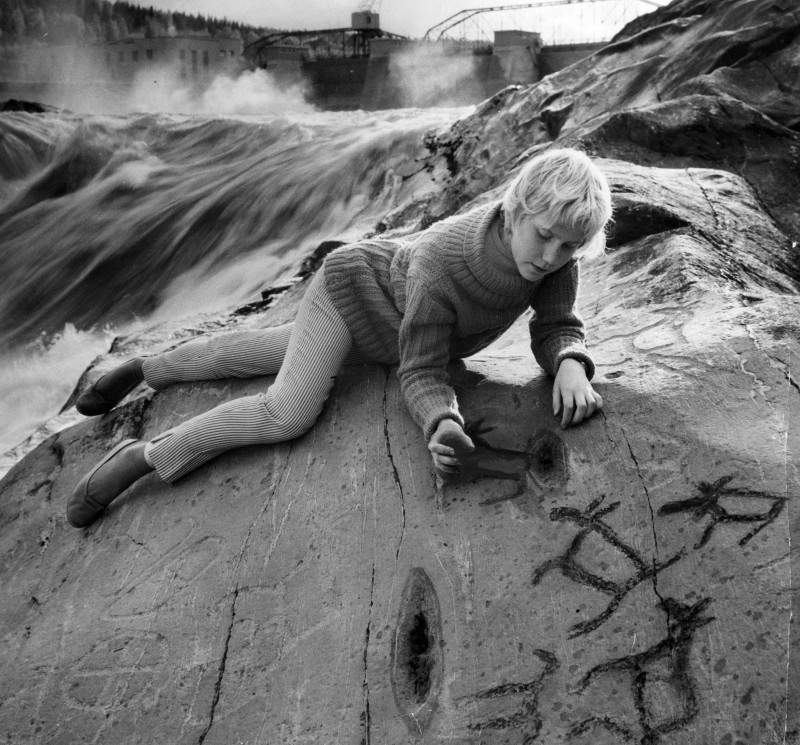
Rock carvings at Nämforsen. Year: - | Place: Näsåker | Creator: Okänd | ID: VF000106
The national antiquarian intervenes
Once the plans became known, national antiquarian Sigurd Curman, who had previously been in contact with Vattenfall when the Hojum station in Trollhättan was built, intervened. As national antiquarian, Curman was Sweden's foremost defender of the preservation of modern cultural heritage. Curman started negotiating with Vattenfall's Director General Waldemar Borgquist. This, coupled with a relatively strong public response, saved the petroglyphs for posterity. The power station was moved upstream and sited to the north of the petroglyph area.
However, it was mainly the antiquarian's views that caused the change. No significant objections had come from nature conservation supporters or from the local area.
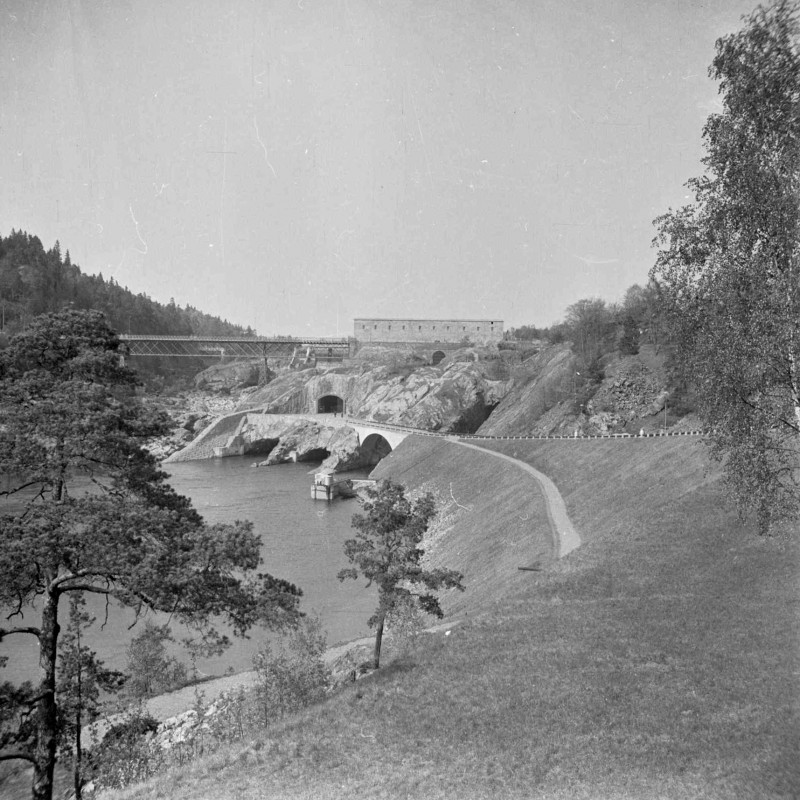
Hojum station. Year: 1930 | Place: Trollhättan | Creator: Okänd | ID: VF000109
Cooperation with Curman continued for many years. When Curman left his position as national antiquarian in 1946, he was employed by Vattenfall. For Borgquist, it was clear that it was necessary, in addition to the technical and economic issues, to also take into account cultural and nature conservation issues as well as the 'associated social and aesthetic issues'.
Curman proceeded in his work on the basis that there was an irreconcilable conflict between the preservation of the landscape and the 'present and future'. As a result, it was necessary to prevent greater damage and to strive to ensure that any plant interacted with its surroundings. He was extremely thorough, and spent a long time at the work sites, documenting the work with photographs. One key feature of Curman's landscape preservation was that, from the start, you needed not only to plan the power station and dams, but also what was to be done with the huge amount of material excavated. The entire plant had to blend into the natural landscape.
Related media
Video player requires marketing cookies.
To view this content please click here to allow marketing cookies.
Inauguration of Nämforsen hydropower station in 1946 (in Swedish)
Video player requires marketing cookies.
To view this content please click here to allow marketing cookies.

